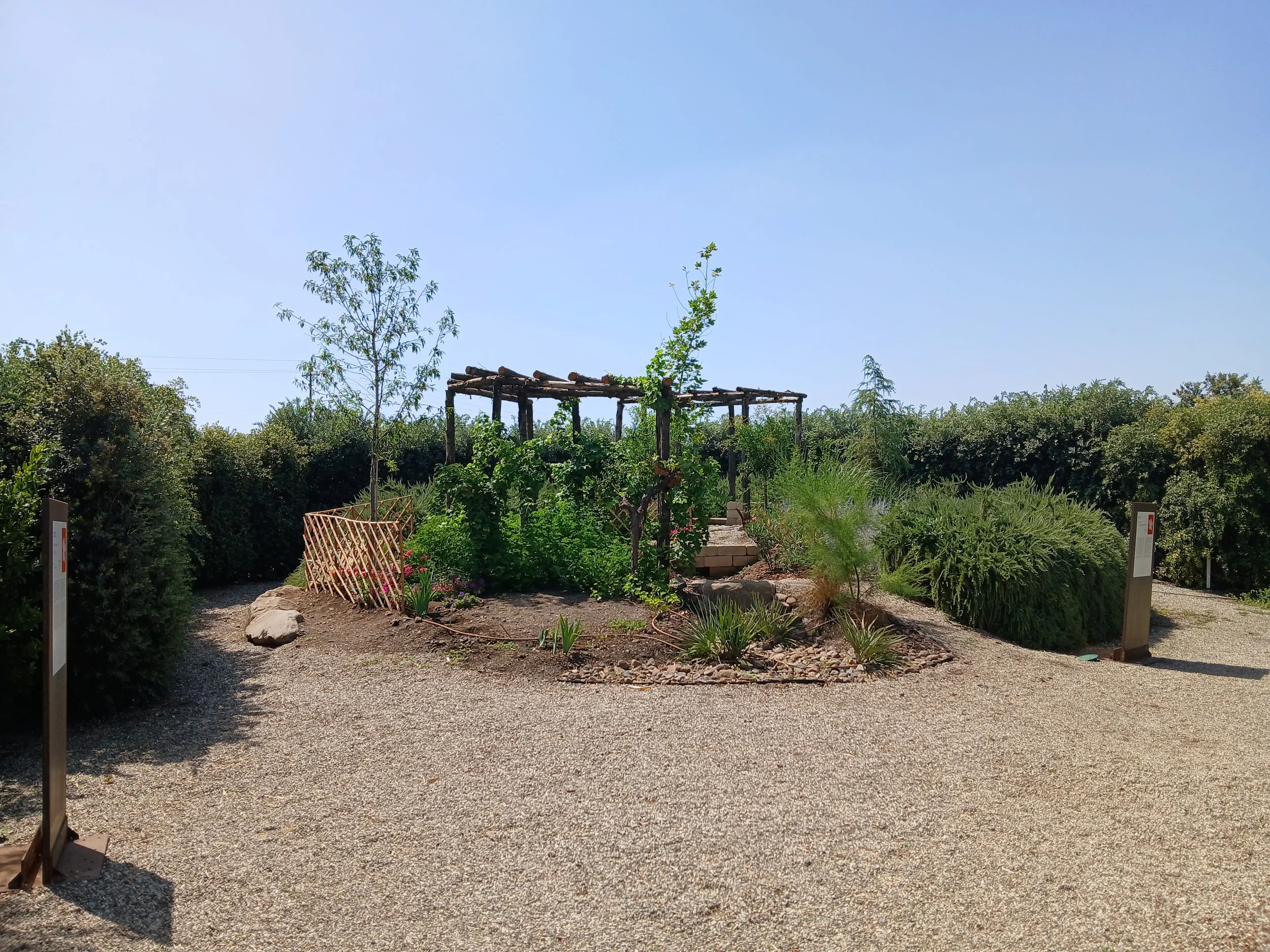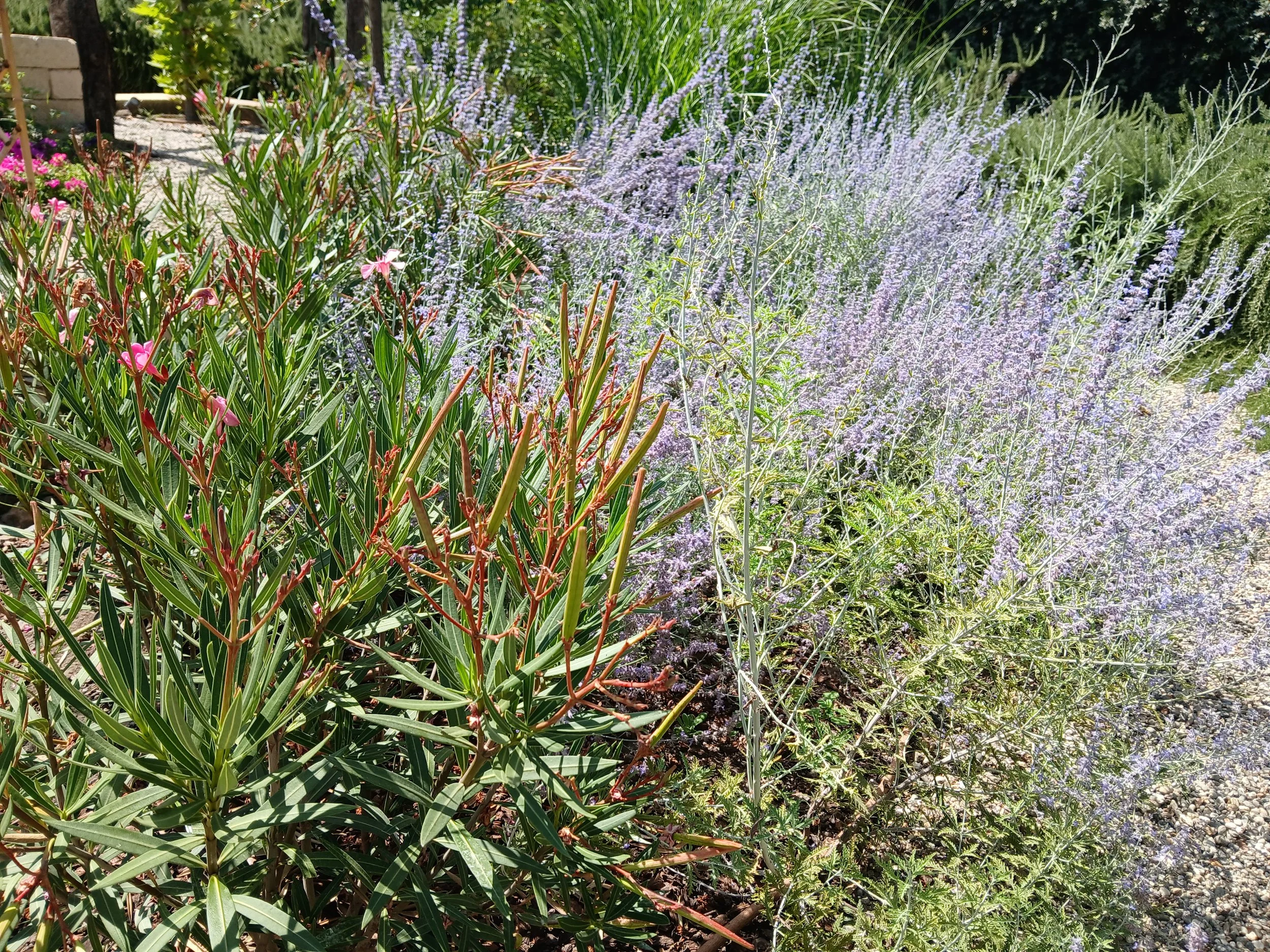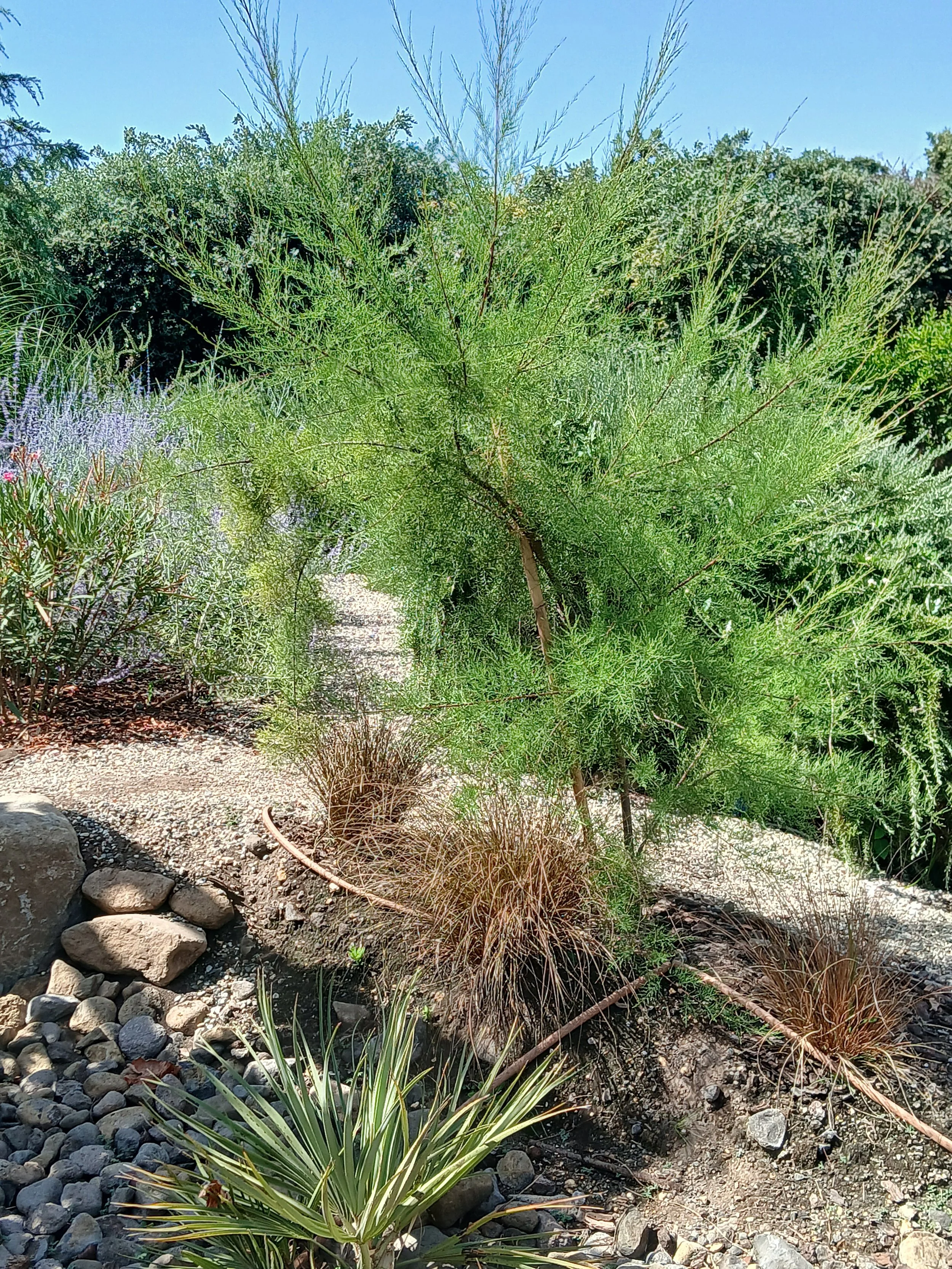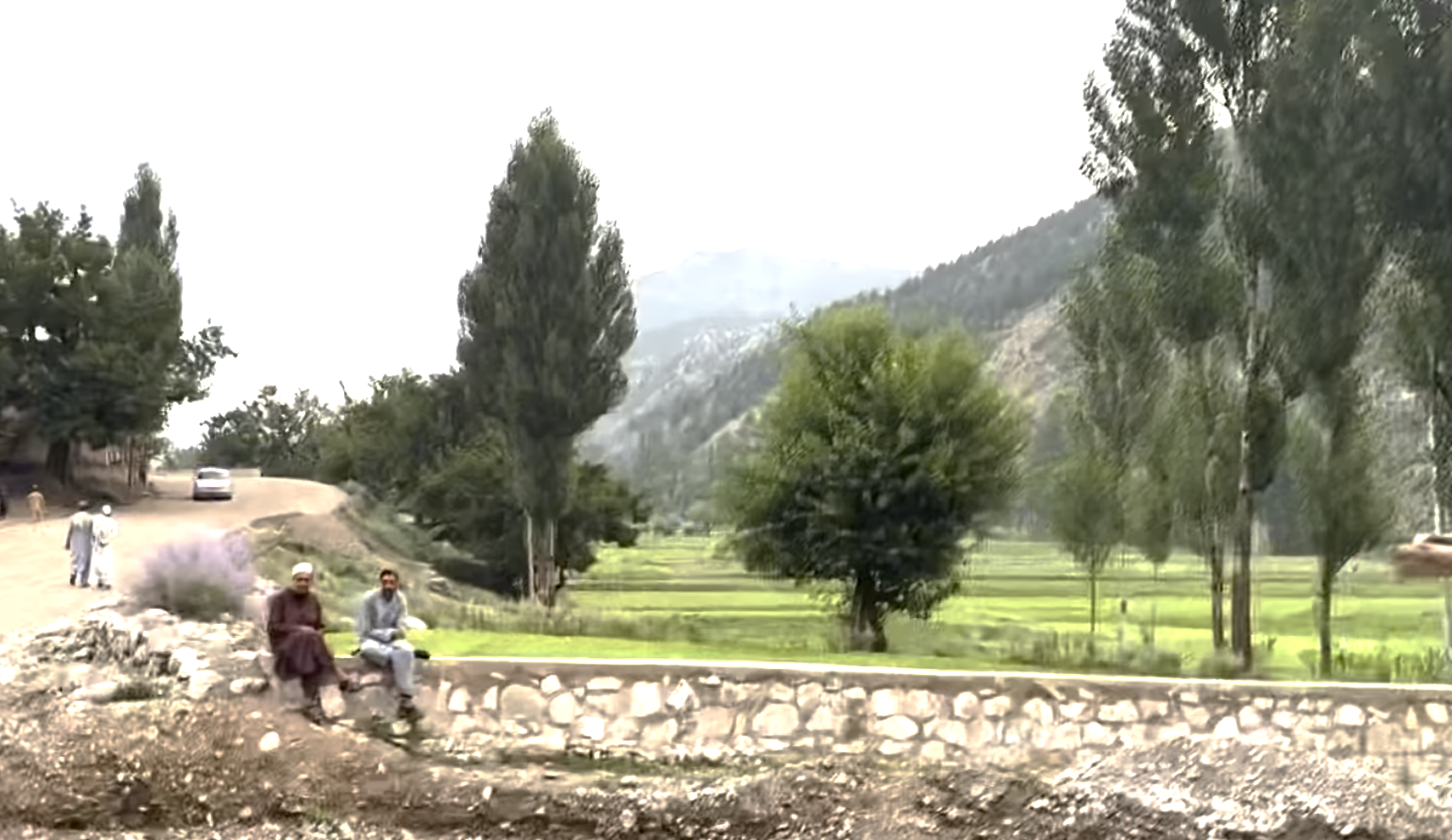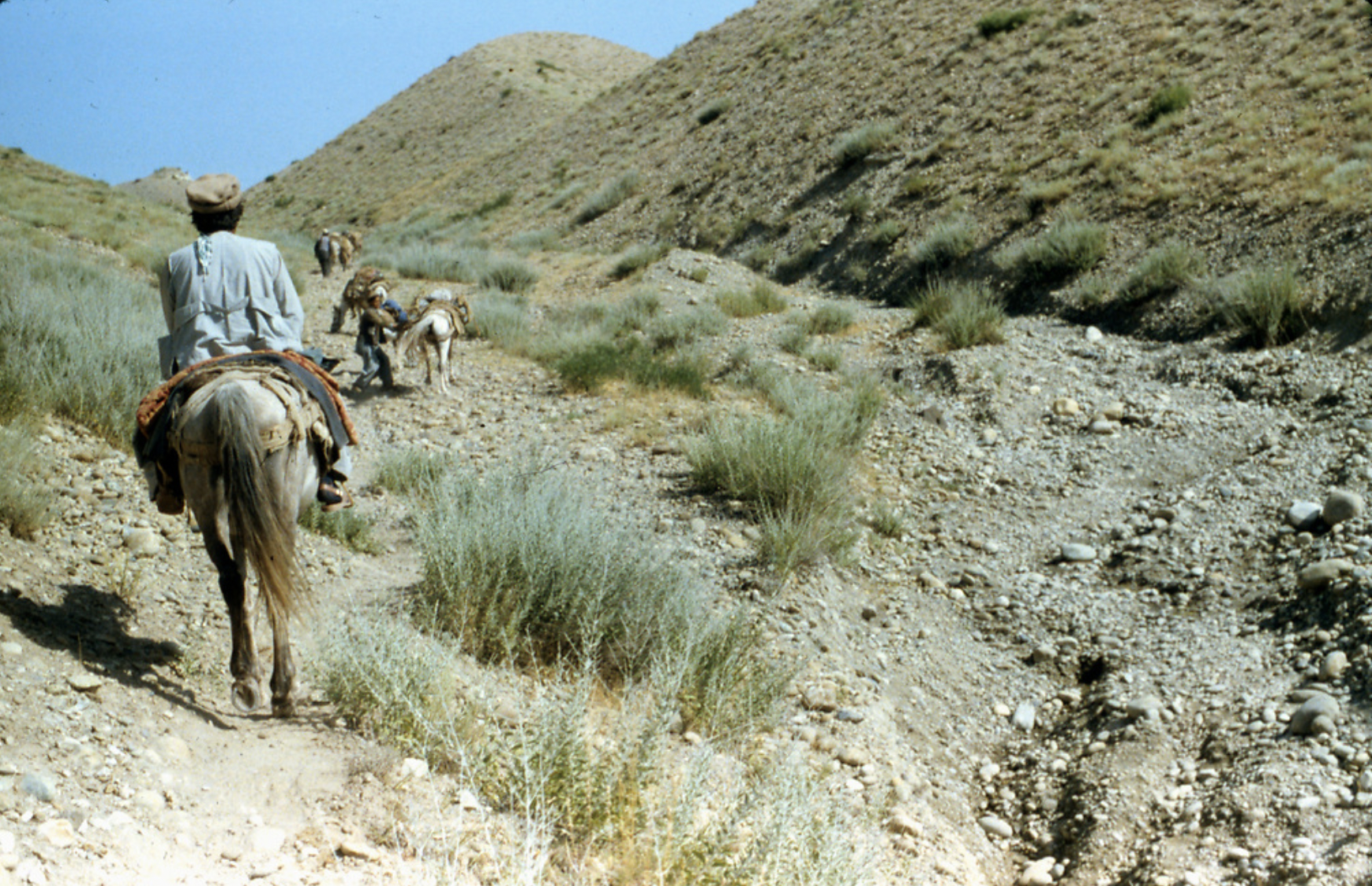
Garden built for the Radicepura Festival
Date: April 2025
Role: On-site Support
PLANTS AS WITNESSES OF THE LANDSCAPE
When we began building this garden, I was fully immersed in the daily worksite routine: marking lines, coordinating tasks, measuring, learning to read construction drawings, understanding materials. It was my first project in the field, and my goal was simple — to learn as much as possible and give my best. At that stage, all my focus was on doing: following elevation marks, installing structures, assisting with planting. There wasn’t much space to step back and look at the bigger picture.
Only after the work was complete, a couple of months later — and especially after reading the designer’s text — did I start to grasp the deeper meaning of the garden.
The project stems from an extraordinary piece of research. Landscape architect and scholar Nicolas Roth — who holds a PhD from Harvard — set out to explore the botanical identity of Afghanistan, not through floristic maps, but through photographs taken during the many conflicts that have scarred the country. In those often-harrowing images, Nicolas saw signs of life — plants surviving in landscapes wounded by decades of instability. Without ever having visited Afghanistan, he managed to piece together a mosaic of habitats and species, giving them new form and voice through a garden.
Now, walking through the cultivated terraces of Pelargonium graveolens, Chrysanthemum, Vitis vinifera, Damask and Musk roses, Prunus dulcis, and then into the wilder section — with Nannorrhops ritchiana, Cedrus deodara, Tamarix hispida — I sense an ongoing dialogue. The plants are there, carrying meaning and relationships within them.
One of the aspects that struck me most was the coexistence of familiar and unfamiliar species, both common and rare. The Mazari palm (Nannorrhops ritchiana), little-known and scarcely cultivated in Europe, grows naturally alongside Salvia yangii — a plant now familiar in Mediterranean gardens, yet native to Afghan territories. Their proximity reveals invisible kinships, shared geographies that endure over time.
On site, none of this was visible yet. But today, walking through that garden, I sense peace and continuity. This experience has expanded the way I look at plants. It taught me that plants can be true witnesses of the landscape — able to survive change, to adapt, to endure. And in their persistence, they carry layers of memory, culture, and history.
As a designer, I now carry this additional perspective with me — one that searches, in each plant, not only for form and function, but also for its past, its memory, its voice in the story of a place. Because to build a garden also means this: to guide living presences as they become part of a landscape that speaks.
